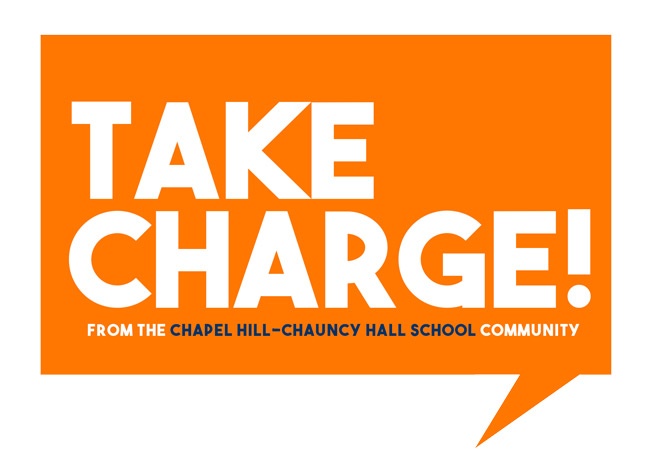Rapid change, complexity, and social divisiveness mark the world today. How will we survive tomorrow? Will we be able to sustain the human values that we cherish - kindness, courage, empathy? What is the role of schools in this moment? Educational leaders are faced with a central dilemma; how and what do you teach in the context of continuing change, with facts and ideas that become obsolete in the moment, and careers and work areas that have not yet been imagined? And how does a school like CH-CH respond to these challenges?
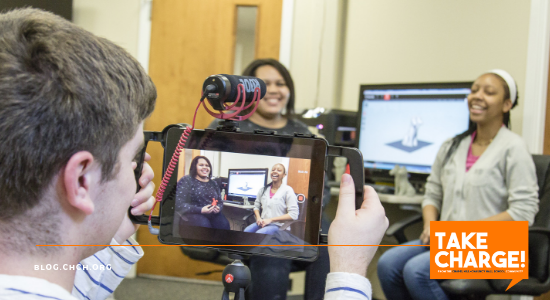
A little recent background provides some perspective. Early in the 21st century, STEM domains were recognized as drivers of change; Science, Technology, Engineering, Mathematics. A group of leaders from higher education, business and industry, the Partnership for 21st Century Skills met to wrestle these questions. They aimed to identify the attributes needed for success in the world of the mid 21st century. Their work stimulated a broad redesign of educational goals and practices, with a new emphasis on 21st century skills. P21 explicitly linked successful learning outcomes with innovation, or the creation of new ideas and novel approaches. Creativity emerged as a core concept.
“Learning and innovation skills increasingly are being recognized as those that separate students who are prepared for a more and more complex life and work environments in the 21st century, and those who are not. A focus on creativity, critical thinking, communication and collaboration is essential to prepare students for the future.” (P21)
Grant Wiggins provided further direction with the concept of Understanding by Design and the phrase “begin with the end in mind”. P21 goals are the “end in mind” for effective education today. But how do we get there? What tools and practices do we need? When creativity and innovation emerged as part of the essential toolbox of learning, STEAM (with A= Arts) largely supplanted STEM as the acronym that captures progressive educational practices. But “creativity” and “the Arts” are not synonyms. Arts disciplines certainly form a natural home base for creativity, and STEAM and P21 rightly highlighted the essential role of arts education in promoting creative thinking and practices. So what exactly is creativity?
Creativity is a defining psychological factor of what it means to be human. Change is part of the natural flow of life and humans have a unique ability to thrive in conditions of change. Change requires new behaviors, new ways of perceiving and thinking, novel approaches, innovation, creativity. We perceive the world actively through our senses, creating meaning and adapting to its demands in novel and inventive ways. This inventiveness can be seen throughout human history in the creation of new technologies, in the forging of new social and communicative constructs, and in the building of aesthetic forms that bring us together in communities. In individual and collective experiences, creativity is the center that holds everything else together. And in learning, creativity is a thread that connects with, interacts with and supports all other elements of learning. We create meaning when we think. We create connection when we use language. In his ground-breaking classic work “Flow; The Psychology of Optimal Experience” (1988), psychologist Mihaly Csikszentmihalyi lays out the argument for a new understanding of the relationships between optimal states of experience, learning, high-level performance, productivity and happiness, individual and societal. Creativity is at the core of this web of related psychological states.
Today, a new vision of arts and creativity is emerging. Disciplined work habits, learnable skills, perseverance, practice, resilience and collaboration have become equal partners with more traditional ideas of arts education such as talent, uniqueness, vision and spontaneity. P21 was adamant that good educational programs should push all students towards high levels of mastery. Creativity and the Arts are no longer just for the talented few. All students can and must develop skills and understandings in these areas if they are to be successful in the 21st century. Creative thinking, creative habits of mind, creative expressions, creative problem solving, creative collaborations and relationships – all can be acquired, practiced, refined, learned. In successful schools of today and tomorrow, the goal of a vibrant education in the arts is to prepare students for all kinds of work, life experiences, and social challenges, not “simply” for a career in an arts-related area. The creative mind is one that is prepared for the future, in all its challenging dimensions.
The impact of creativity is magnified immensely when it emerges from its natural home in the Arts and takes off into new territories. Every domain of schooling – academics, athletics and activities, social and personal life – is empowered by the pathways and opportunities of creativity. Gone is the idea that “the Arts” is an add-on, with less inherent value than other disciplines. Instead, the Arts emerge as the leading edge, imbuing other domains with a spirited creative sensibility.
A serious commitment to creativity is needed. Other 21st century skills, such as critical thinking and communication, have long been at the heart of educational programming. But creativity? Not so much. Professional support must be available, so that teachers can model creative thinking and practices, and schools can purposefully develop curricular goals that support creativity. Once this happens, the development of skills and habits of creative thinking, perception and expression will have a powerful impact on the professional, personal and community lives of generations to come.
These are difficult challenges for many schools. But schools built around educational philosophies that recognize individual differences in learning, such as Multiple Intelligences and Differentiated Instruction are better prepared to respond to these challenges and provide contexts in which creativity and innovation can flourish. Schools in which Social and Emotional Learning are understood, such as in the Making Caring Common initiative, also provide fertile ground for creativity. The nurturing of creativity requires unique pathways to learning, an understanding that one size does not fit all, encouragement of experimentation, multiple “answers” and diverse approaches, support for learning from mistakes, comfort with ambiguity, a zest for discovery and innovation, and a strong and resilient work ethic. Even seemingly routine practices such as the way schools assess and record progress in student learning make a difference; systems of number or letter grades alone cannot capture the complexity of creativity in learning. Schools that have the courage to address these issues – as in the Mastery Transcript movement - are ahead of the curve in this respect.
CH-CH finds itself in this moment in a position of strength. The values and goals that it has promoted since its early days, joined with a contemporary understanding of teaching and learning, position the school well to be a leader in creativity education. Multiple Intelligences (MI) and Differentiated Instruction (DI) form the backbone of the school’s instructional practices and the social-emotional context of learning is given high priority. Alternative methods of assessment and grading which support individual learning pathways while continuing to emphasize mastery and high standards are being examined. These existing elements are being galvanized with new energy by the school’s Campaign for Creativity and by the excitement created by the Re-Imagined Barn project. For CH-CH students and for young people everywhere, our hope is that nurturing their creativity today will help them respond to the unimaginable challenges of tomorrow’s world; a world in which kindness, courage and empathy will survive because of them, and a world in which creative minds will build success, happiness, and peaceful and prosperous communities.
About the author:
Dr. Margaret Allen has had a long career in teaching, academic administration and instructional design at the college and secondary school levels. She has a PhD in Linguistics and Psychology, and an MEd in Instructional Design. In the 1980's and 90's, she was Academic Dean at CH-CH and established several key initiatives, including the Senior Presentation program, which continues at the school today. She is married to Richard Allen, former Head of the Art Department at CH-CH and a practicing studio artist. As Academic Dean at Tilton School in NH in the early 2000s, Dr. Allen led the way in developing programs such as the Senior Research program and used the framework of Understanding by Design and the findings of the Partnership for 21st Century Skills to revise the curriculum and the grading system. She has conducted research and written extensively on curricular matters. After her retirement from Tilton School in 2014, Dr. Allen returned to CH-CH to become a member of the Board of Trustees.


